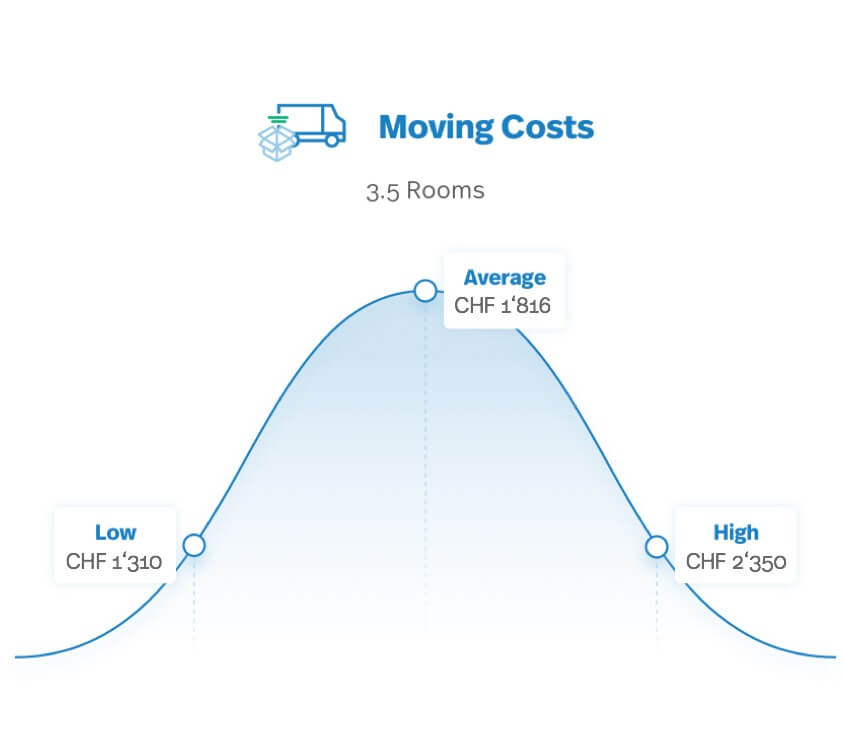If you’re preparing for an interstate move, you probably have a lot of decisions ahead.
Whether you’re moving a small apartment or relocating an entire home, this guide will help you navigate the process confidently.
Stay with us to discover what affects the cost of interstate moving.
What Makes Interstate Moving Unique?
When you cross state lines, your move falls under federal regulations, typically overseen by the FMCSA (Federal Motor copyright Safety Administration).
A professional mover experienced in cross-state moving understands these details and helps you stay compliant.
Most importantly, the logistics are more complex: possible weather impacts come into play.
Tips for Choosing the Best Interstate Movers
Selecting the right interstate moving company is crucial for a successful relocation. Start by checking for proper licenses and insurance—legitimate companies must have a USDOT number issued by the Department of Transportation.
Ask about additional fees such as fuel surcharges, long carry charges, or storage if needed.
Trust your instincts: if something feels off or too good to be true, it probably is.
What Determines the Price of an Interstate Move?
Several factors shape the price of interstate moving services. The biggest is distance—the longer the trip, the higher the fuel, labor, and time costs.
Additional services can also raise the bill.
Lastly, access conditions impact costs.

How to Plan and Organize Your Interstate Move
Proper planning is the foundation saber mais of a successful interstate move. Start by creating a timeline—ideally 8–12 weeks before your move date.
Inventory management is key.
Pack important documents, medications, chargers, snacks, and a change of clothes in a separate bag you keep with you.
Understanding Your Moving Options
Full-service movers handle everything, from packing to unpacking, ideal for busy professionals or large families.
Container services (like PODS) offer flexibility: you load the container yourself, and the company transports it across state lines.
Are you moving fragile antiques or just standard furniture?

Common Mistakes to Avoid in Interstate Moving
One of the biggest mistakes in interstate moving is underestimating time and effort.
Another common pitfall is failing to check mover credentials.
Lastly, poor packing leads to headaches.
Budget-Friendly Strategies for Interstate Relocation
To cut costs on interstate moving, start by downsizing.
Don’t settle for the first estimate; gather at least three and negotiate if possible.
Combining professional help with DIY strategies creates a cost-effective balance that fits your budget and schedule.
Final Thoughts on Moving Between States
In summary, a successful interstate move depends on careful planning, smart budgeting, and choosing the right service providers.
Investing time in research, comparing services, and preparing in advance pays off during a long-distance relocation.
As you get ready to embark on your interstate move, stay organized, communicate clearly with your movers, and keep your goals in sight.
Your Interstate Moving Questions Answered
Are there budget-friendly options for moving out of state?
The cheapest options include renting a moving truck, using a freight trailer, or downsizing your load to reduce weight.
What’s the best timeline for booking interstate movers?
It’s best to book movers at least 6–8 weeks in advance, especially during busy seasons.
Are there things I can’t include in an interstate move?
Movers typically won’t transport hazardous materials, perishables, firearms, or plants across state lines.
What insurance options are available for long-distance moves?
Most interstate movers include basic valuation coverage by law, but it’s minimal.
How do I know where my shipment is?
Ask your company about their communication methods and tracking options.